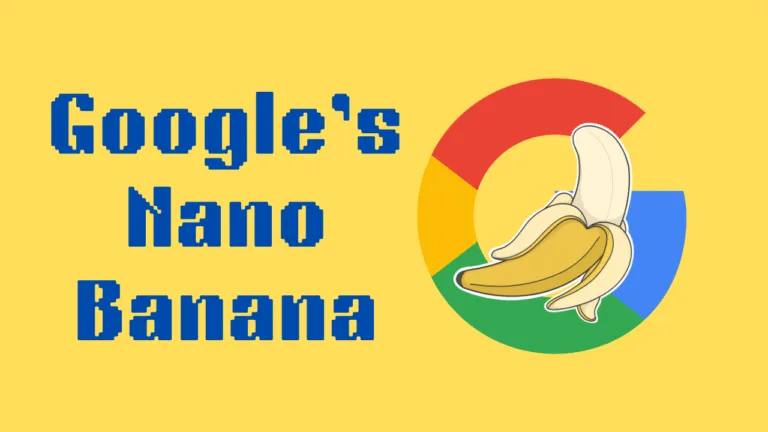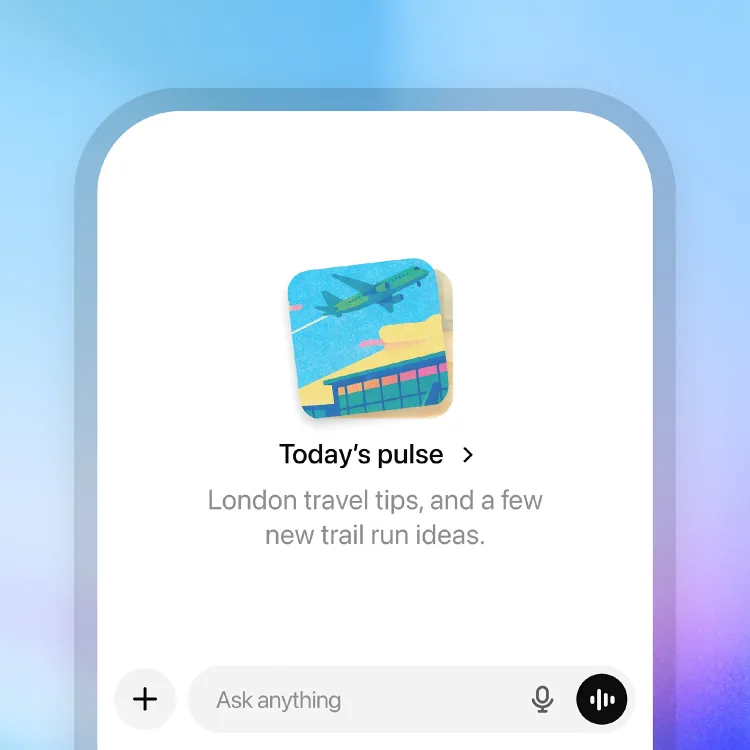Earlier in 2025, Google DeepMind introduced a new image editing and generation feature inside its Gemini app known informally as Nano Banana (official name Gemini 2.5 Flash Image). Since its launch, it has become one of the most talked-about AI tools thanks to its advanced editing features, viral social media trends, and strong design around output consistency.
In this article, I want to explain:
- What exactly Nano Banana is
- How it works (technically and from a user standpoint)
- What makes it stand out
- The risks and ethical issues around it
- How to use it safely and effectively
What Kind of Tool is Nano Banana
Nano Banana is an AI-powered image generation and editing model. Key capabilities include:
- Turning text prompts into images (text-to-image)
- Editing uploaded images (image-to-image), such as altering background, outfit, or style
- Preserving character consistency (if you supply a photo of someone or a pet, future edits keep their recognizable features)
- Blending or fusing multiple images into one coherent scene
- Natural language prompts to drive changes (“turn my photo into …”, “change background to …”, etc.)
- The model prioritizes producing details like lighting, perspective, and consistency so edits look coherent and believable.
How Nano Banana Is Built (Technology Behind It)
To get good results, Nano Banana relies on a few technical foundations:
- Diffusion Models + Imagen 4
The tool uses Google’s Imagen 4 model (or upgraded versions) which excels at generating high-fidelity images. - Subject Consistency and Prompt Memory
When you upload a subject (person, pet, object), Nano Banana tries to remember features (face shape, style) across edits. That means if you alter clothing, background, or pose, it still tries to preserve what makes the subject recognizable. - Invisible Watermarking and Metadata (SynthID)
Each image created includes an invisible watermark called SynthID. This is meant to help traceably mark AI-generated or AI-edited images. Also, metadata or content credentials may be stored to record how and when edits were made. - Prompt-Based Editing + Multi-Image Fusion
Users aren’t just starting from scratch: they can upload images, combine them, or ask for sequential edits (e.g., “change outfit”, “change background”). Multiple images can be fused so scenes look coherent.
What Makes It Stand Out
Nano Banana is getting attention for reasons beyond its novelty. Here are the parts where it excels:
- Style + Realism: The output images are polished, with attention to lighting, texture, detail. Less distortion compared to many earlier models.
- Consistency: If you want your photos to maintain recognizable features across different edits, this tool performs better than many alternatives.
- Speed and Accessibility: It is integrated into Google Gemini, which many users already have. The prompt-based UX is simple. Many edits are quick, which lowers the barrier for casual users.
- Viral Trends: The “figures / figurine” trend and “saree style vintage Bollywood portraits” are examples of how users are using Nano Banana to create shareable content. That helps adoption and use-case discovery.
Risks, Limitations, and Ethical Concerns
With power comes responsibility. The tool has several points users and regulators express concern about:
- Privacy and Image Ownership
- Users upload personal photos. What happens to those images? Are they reused for training? Stored? Shared? Wong designs could misuse them.
- Even though SynthID watermarking is there, detection tools are not yet fully public or widely available. That means tracking or verifying image origin can be hard.
- Deepfake Risks
Because edits can be realistic, there is concern that people can use it to create misleading images, impersonations, or deceive. Trends with clothing changes (e.g. saree trend) or stylistic edits may be benign, but they could also be manipulated. - Digital Watermark Limitations
- Invisible watermarks can be removed or tampered with.
- Metadata may be stripped when sharing images across platforms or through third-party tools.
- Bias and Inaccuracies
Like many AI models, Nano Banana may have bias in its training data. Skin tones, cultural dress, backgrounds may be represented unevenly or inaccurately. Users may get results that misrepresent or simplify features. This is common in many generative models. Not all edits will look perfect—sometimes distortions happen. Several reports mention “creepy” or unexpected artifacts. - Overuse and Trend Pressure
The popularity of trends can push people to share more images, sometimes without caution. Fake sites or apps mimicking the tool may try to gather user data. Law enforcement has issued warnings in many places.
How to Use Nano Banana Safely and Effectively
If you want to try Nano Banana, here are tips to get good results and avoid pitfalls:
- Use Clear, High-Quality Photos
Good lighting, high resolution, clean background help the AI preserve subject features more reliably. - Be Specific in Prompts
The more detail you give (“chiffon saree”, “golden-hour lighting”, “vintage texture”, “Bollywood 90s style”) the better the result. Vague prompts often produce generic or off-style outputs. - Stay on Official Platforms
Use Gemini app or Google’s official AI services. Avoid third-party websites or apps promising Nano Banana outputs—many are scams or misuse your data. - Check Metadata & Watermarks
While you may not yet have tools to verify SynthID, check if the images you create indicate they are AI-generated. Be cautious about how and where you share such images, especially publicly. - Limit Sensitive Content
Avoid images with very personal information (IDs, documents, etc.). Think about privacy, especially in public trends. Use anonymity if needed. - Be Critical of Unrealistic Outputs
The model is strong, but it’s not perfect. Sometimes odd distortions occur—mismatched backgrounds, weird shadows, unnatural features. Don’t expect perfection in every edit.
Why Nano Banana Matters (Bigger Picture)
Nano Banana is more than a trend. It represents a shift in how image generation and editing are becoming accessible to everyone:
- AI models are moving from experimental tools into everyday creative tools.
- These tools let people express originality, participate in viral trends, and visually share artwork with minimal technical skill.
- They also challenge norms around image authenticity, privacy, and ownership. Regulatory frameworks will need to catch up.
- The social and cultural impact is large—what images we see, how identity is represented, what counts as art are all being shaped by tools like this.


